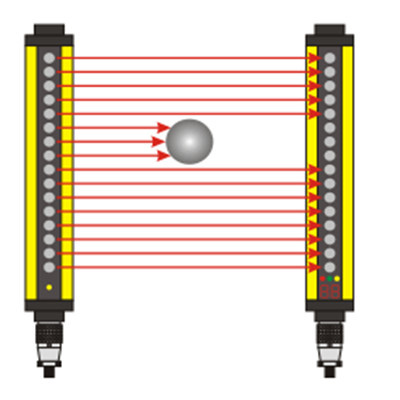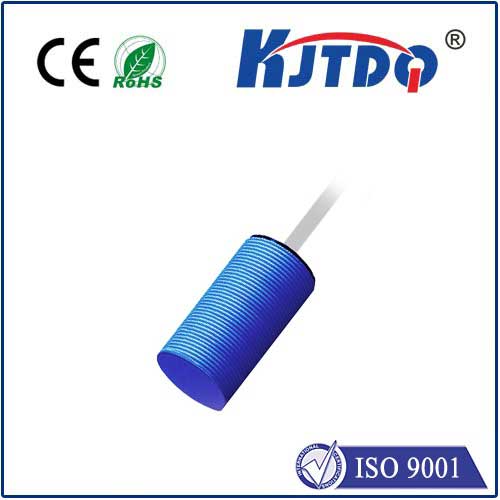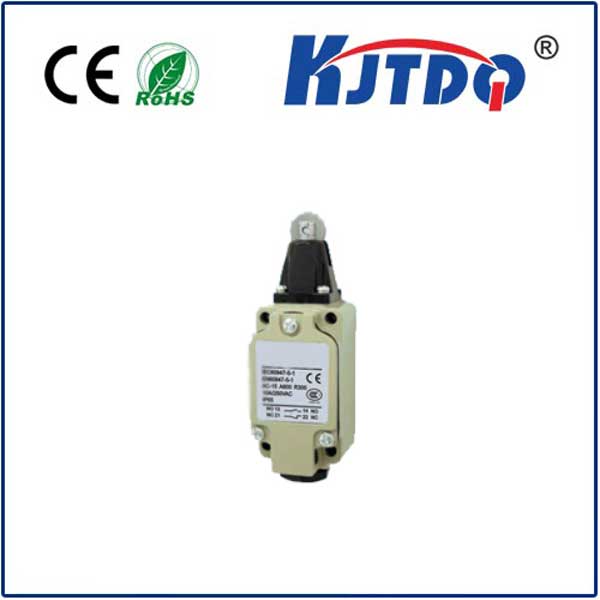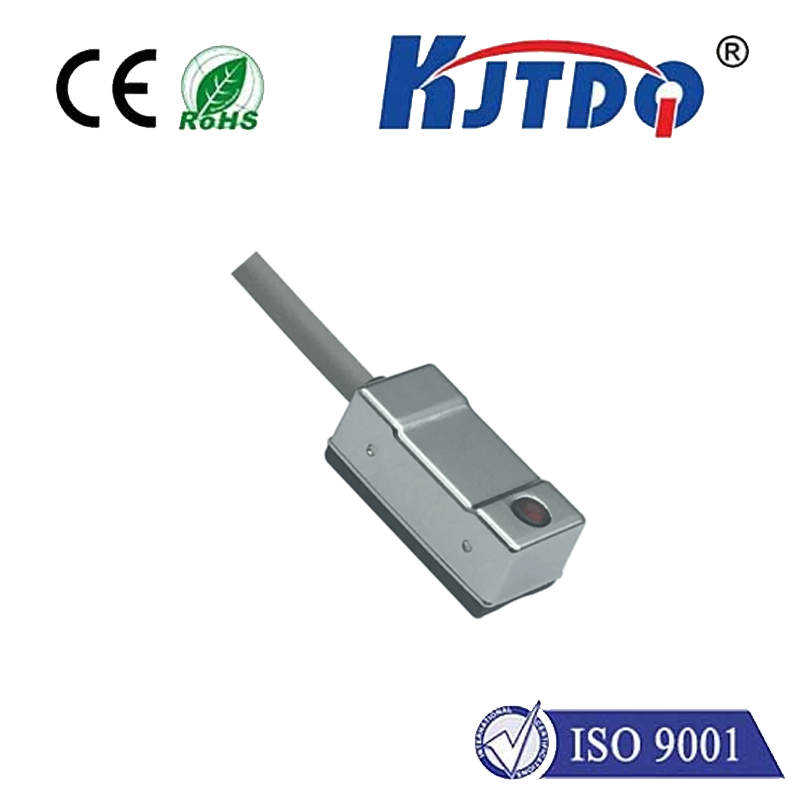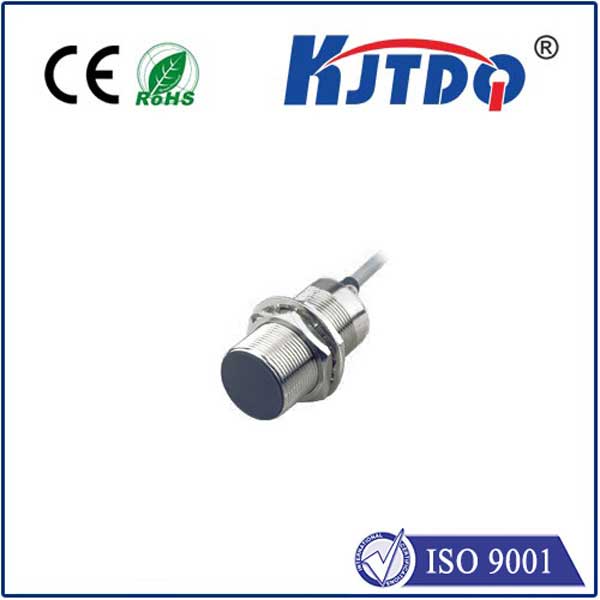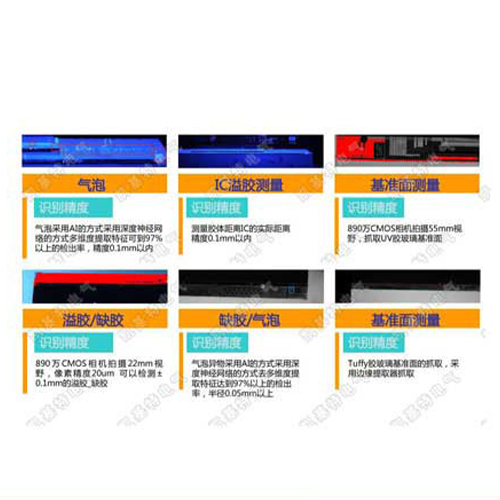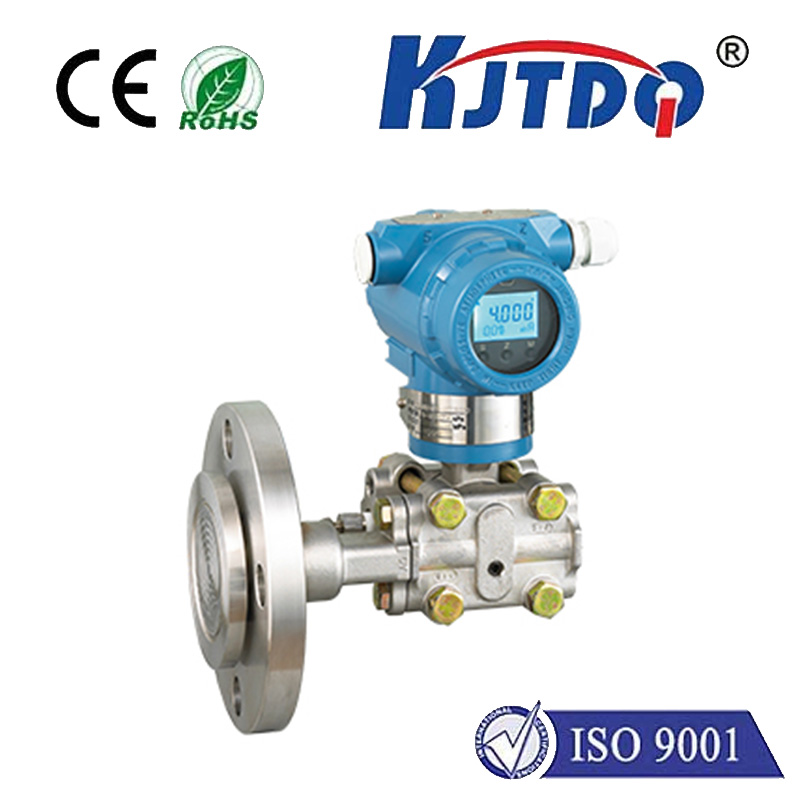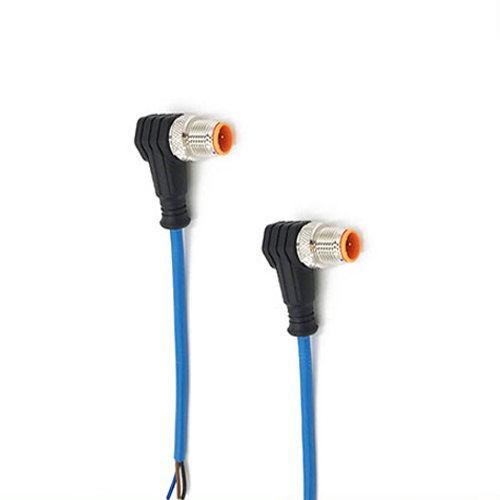E3Z-D61-M1J 0.3M photo reflective sensor
- time:2025-09-25 12:41:36
- Click:0
Mastering Compact Sensing: Your Guide to the E3Z-D61-M1J 0.3M Photo Reflective Sensor
In the intricate dance of modern automation, reliable detection is the silent conductor ensuring every move is precise and every process flows seamlessly. When space is tight, environments are challenging, and detection accuracy is non-negotiable, sensors like the E3Z-D61-M1J 0.3M Photo Reflective Sensor step into the spotlight. This compact powerhouse offers a specific, optimized solution for countless applications demanding dependable object presence sensing at close range. Let’s unravel what makes this particular Omron offering a trusted choice.
Understanding the Photo Reflective Principle
Before diving into the E3Z-D61-M1J specifics, grasping the core technology is key. Photo reflective sensors, sometimes called retro-reflective sensors, operate by having both a light emitter (usually an LED) and a receiver housed in a single unit. The sensor emits a beam of light towards a reflector (typically a specialized prismatic tape or reflector plate) strategically placed opposite it. When no object is present, the light beam bounces directly back from this reflector to the receiver, signaling a clear state. Crucially, when an object interrupts this light path between the sensor and the reflector, the beam fails to return to the receiver. This absence of light triggers the sensor’s output to change state, indicating the object’s presence.
This principle offers significant advantages over other optical sensor types in specific scenarios. Compared to through-beam sensors (which require separate emitter and receiver units), photo reflective sensors simplify wiring and alignment, requiring installation on only one side of the detection point with the reflector mounted opposite. Compared to diffuse reflective sensors (which detect light bouncing directly off the target), photo reflective types generally offer longer sensing distances and are less affected by the target’s color, surface finish, or angle – since they rely on the interruption of a defined beam, not diffuse reflection.

The E3Z-D61-M1J 0.3M: Optimized for Close-Quarters Precision
The designation “E3Z-D61-M1J 0.3M” precisely defines this sensor’s critical characteristics:
- Model Family (E3Z): Identifies it as part of Omron’s compact E3Z photoelectric sensor series.
- Type (D61): Specifies it as a retro-reflective (photo reflective) sensor.
- Output Configuration (M1J): Indicates a Light-ON / Dark-ON selectable output (via switch) and likely an NPN output transistor configuration. This flexibility allows users to easily configure whether the output activates (“ON”) when the beam is uninterrupted (Light-ON) or interrupted (Dark-ON), adapting to different control logic needs.
- Sensing Distance (0.3M): Crucially, this defines its 0.3-meter optimal sensing distance (approximately 11.8 inches) using a standard reflector. This fixed, relatively short distance is its core specialization, making it ideal for applications where detection needs to occur reliably within this specific range.
Key Features and Advantages
The E3Z-D61-M1J 0.3M packs a punch despite its diminutive size:
- Compact Design: Its small footprint is a major asset in space-constrained machinery or densely packed control panels.
- Precise 0.3M Detection: Engineered for unwavering reliability specifically at this distance, minimizing false triggers or missed detections within its designed range.
- Light-ON / Dark-ON Selectability: The built-in output mode selector switch (M1J feature) provides instant adaptability without rewiring, simplifying setup and troubleshooting.
- Red LED Light Source: Offers a visible beam spot for easy alignment verification during installation and maintenance. Red light is also generally less susceptible to interference from certain ambient light sources than infrared in typical industrial settings.
- IP67 Protection Rating: Provides significant resistance to dust ingress and water jets, ensuring robust performance in demanding industrial environments common to packaging, assembly, and material handling.
- Stable Detection: The retro-reflective principle, combined with a fixed sensing distance optimized for 0.3m, delivers high immunity to variations in target color, gloss, or angle compared to diffuse sensors. It detects the interruption, not the reflection quality of the target.
- Easy Installation: Requires mounting only the sensor head, with the reflector attached separately. Wiring is simpler than through-beam setups.
Where the E3Z-D61-M1J 0.3M Excels: Common Applications
This sensor’s unique blend of compactness, fixed short-range precision, and reliable retro-reflective operation makes it perfect for numerous tasks:
- Small Part Detection on Conveyors: Verifying the presence of components, caps, or small packages within confined conveyor sections or chutes.
- Position Sensing in Compact Machinery: Used in assembly stations, labeling machines, or small robots to confirm parts are correctly positioned before the next operation.
- Tray or Cassette Presence: Detecting whether trays, cassettes, or fixtures are loaded correctly into processing equipment like test handlers or dispensers.
- Gate or Door Monitoring (Small Scale): Confirming if small access panels, doors on enclosures, or safety gates are closed properly within a 0.3m range.
- Object Counting: Reliably counting items passing through a defined point on a production line where space is limited.
- Jam Detection in Feed Mechanisms: Identifying blockages in paper paths, material feeds, or other mechanisms where a clear path is critical at close range.
Why Choose the E3Z-D61-M1J for Short-Range Sensing?
Selecting a sensor with a precisely tuned, fixed sensing distance like the 0.3-meter range of the E3Z-D61-M1J offers distinct benefits over simply using a longer-range sensor set to a short distance:
- Optimized Performance: The electronics and optics are calibrated specifically for peak sensitivity and stability at 0.3m, ensuring the highest possible reliability within that range.
- Reduced Interference Risk: A shorter fixed beam is less likely to accidentally detect objects beyond the intended sensing point compared to a long-range sensor operating close to its minimum distance.
- Consistency: Fixed-distance sensors eliminate the variability and potential for error associated with adjusting sensing distance potentiometers, guaranteeing consistent detection characteristics every time.
- Simplicity: No need for calibration or adjustment; install the sensor and reflector at the specified 0.3m distance, configure Light/Dark-ON, and it’s ready.
For engineers and technicians seeking a dependable, compact, and specifically tuned solution for detecting objects at a precise 0.3-meter distance, the Omron E3Z-D61-M1J Photo Reflective Sensor stands out. Its blend of focused performance, configuration flexibility via the M1J output selector, robust IP67 construction, and inherent advantages of retro-reflective sensing make it a go-to component for enhancing operational efficiency and reliability in countless automation scenarios where precision close-up detection is paramount.






